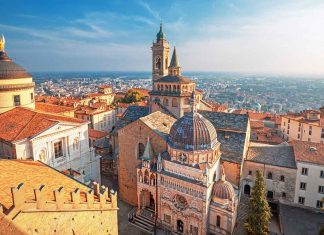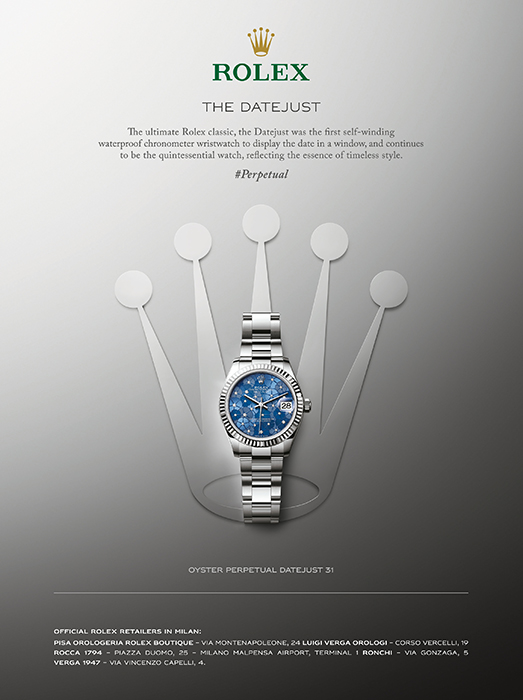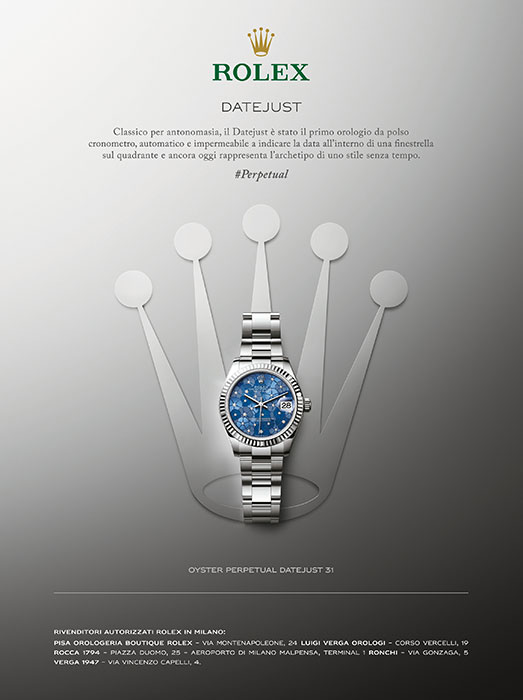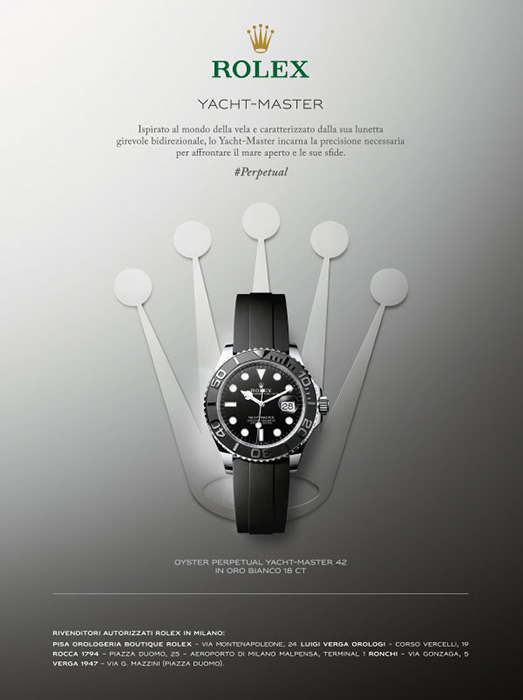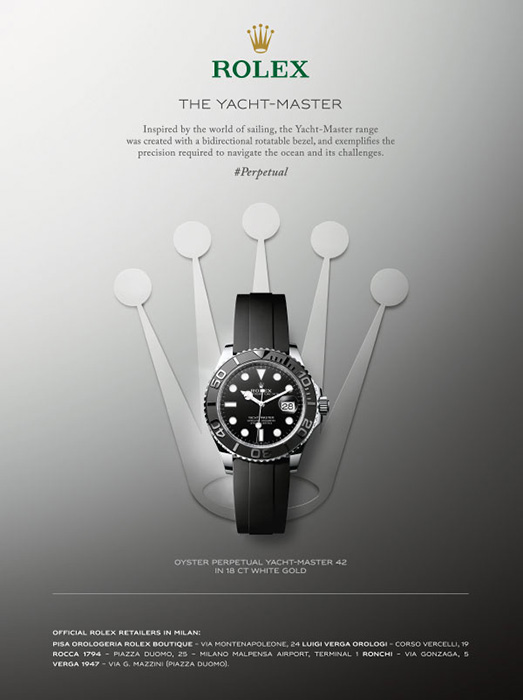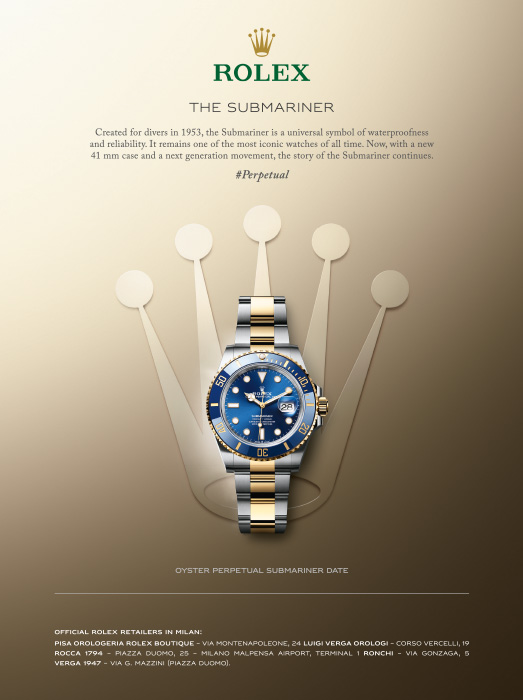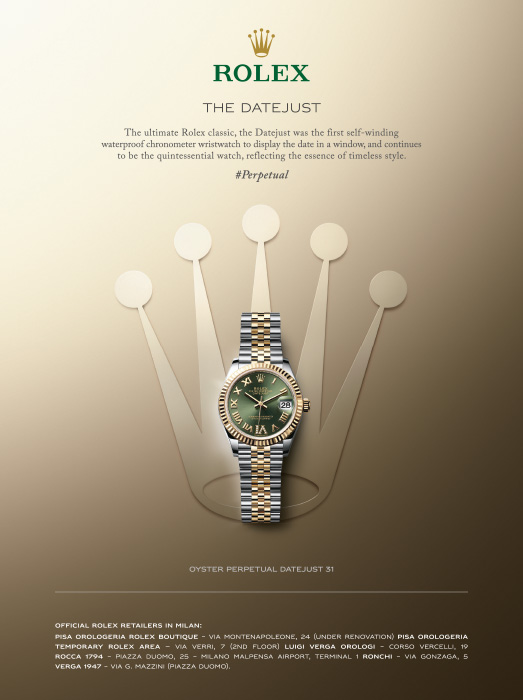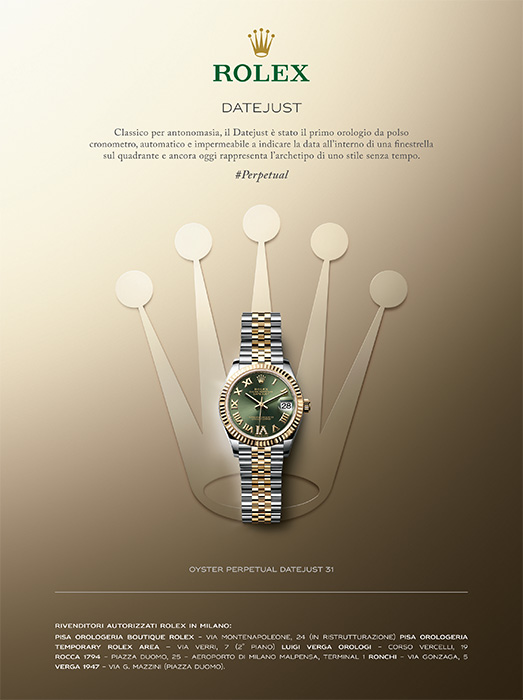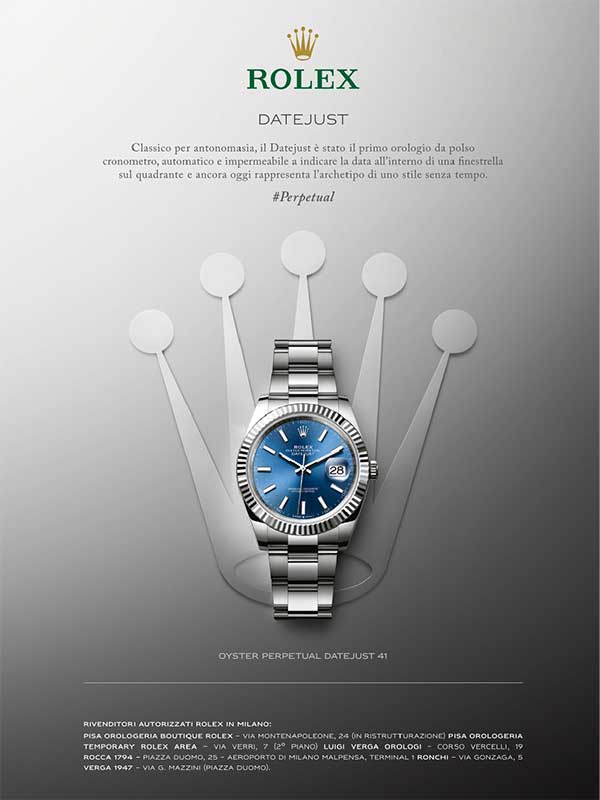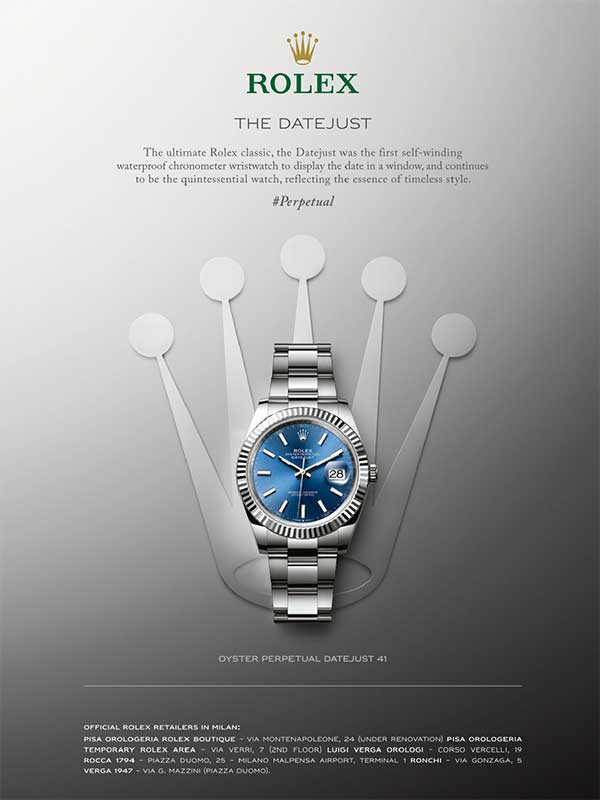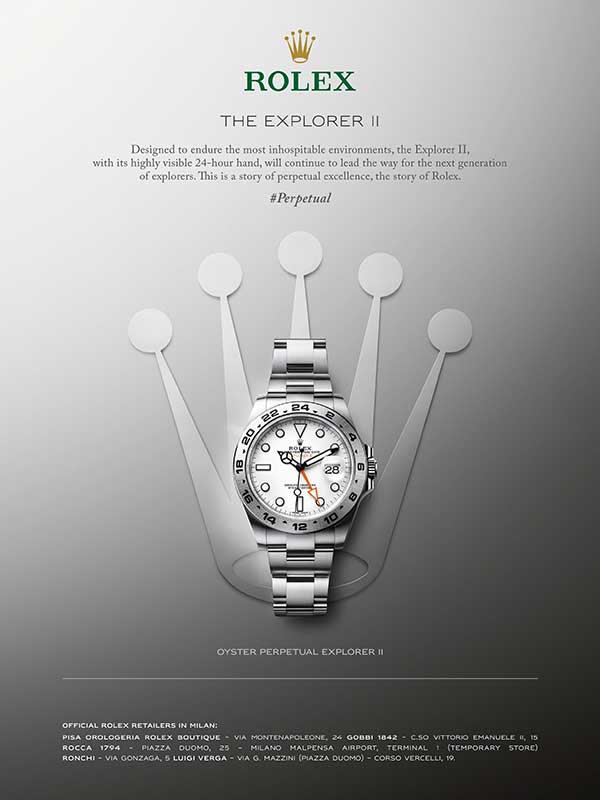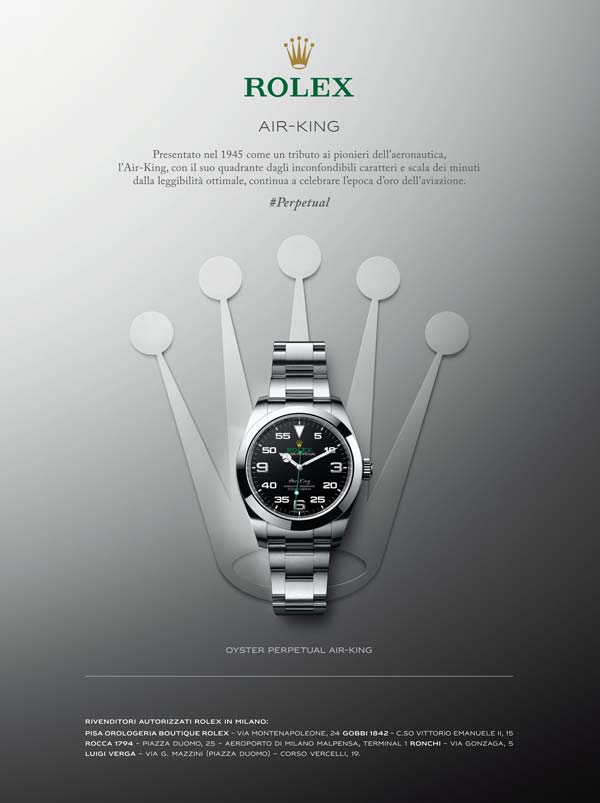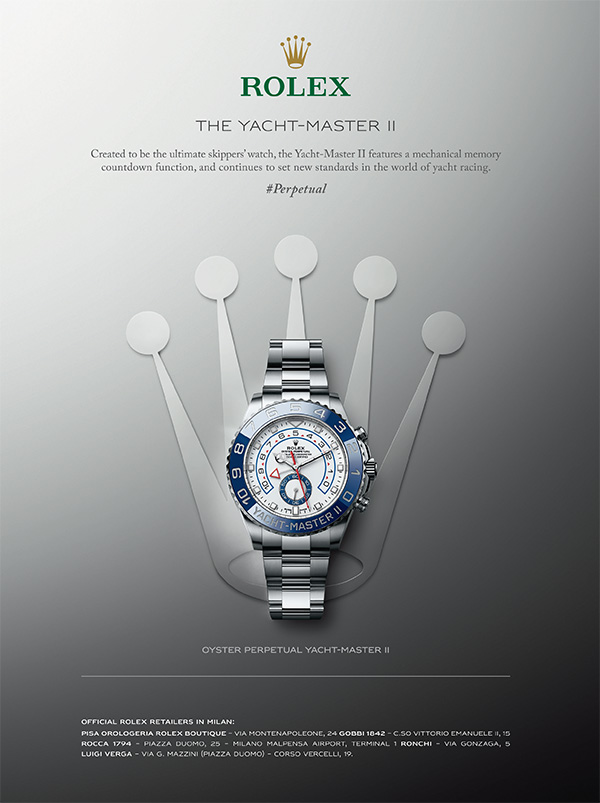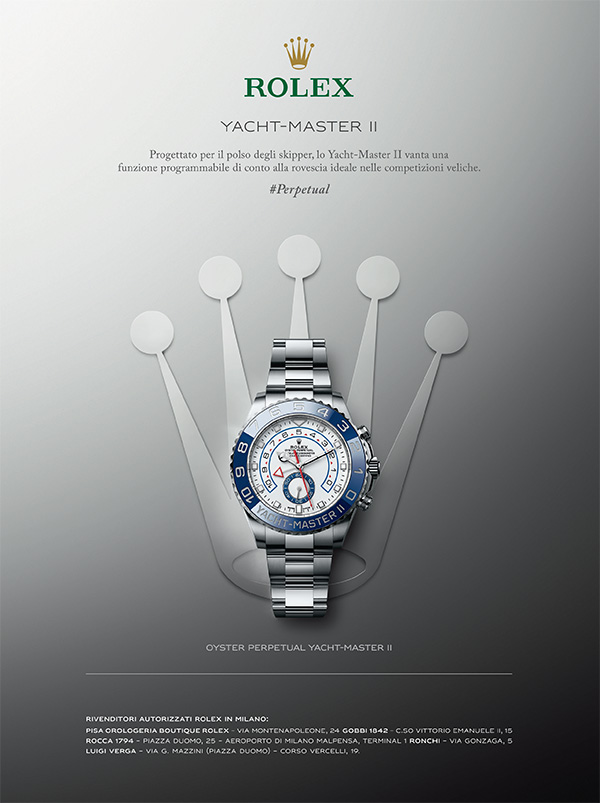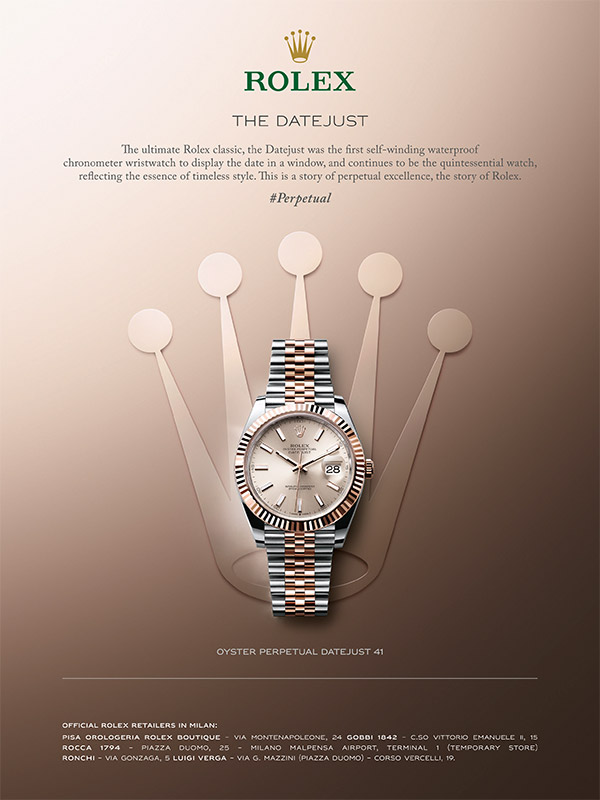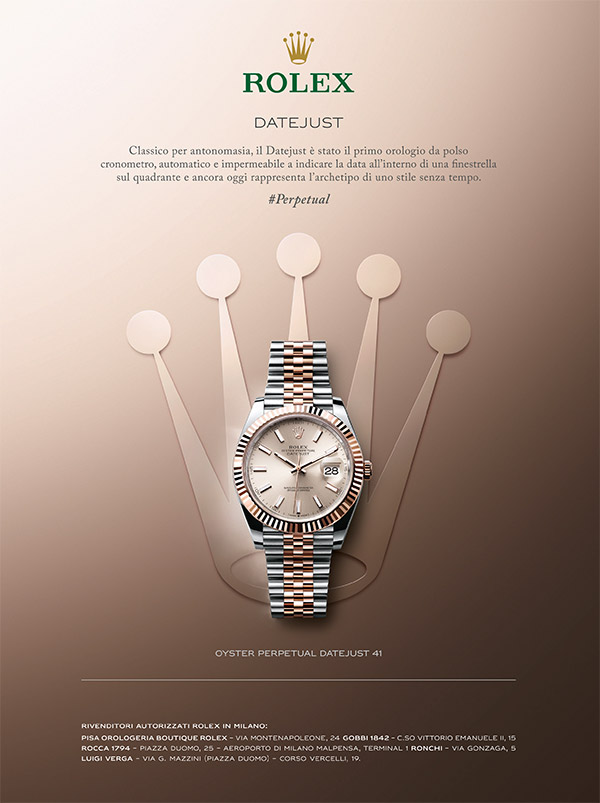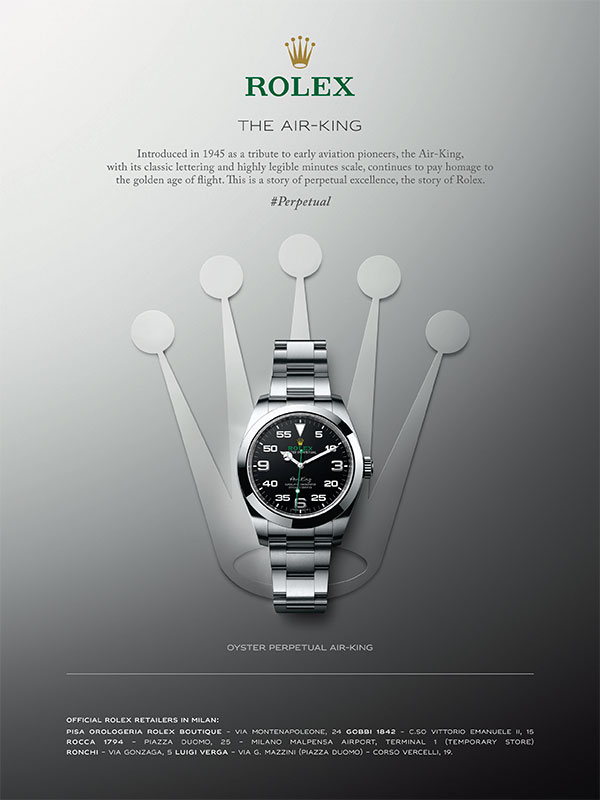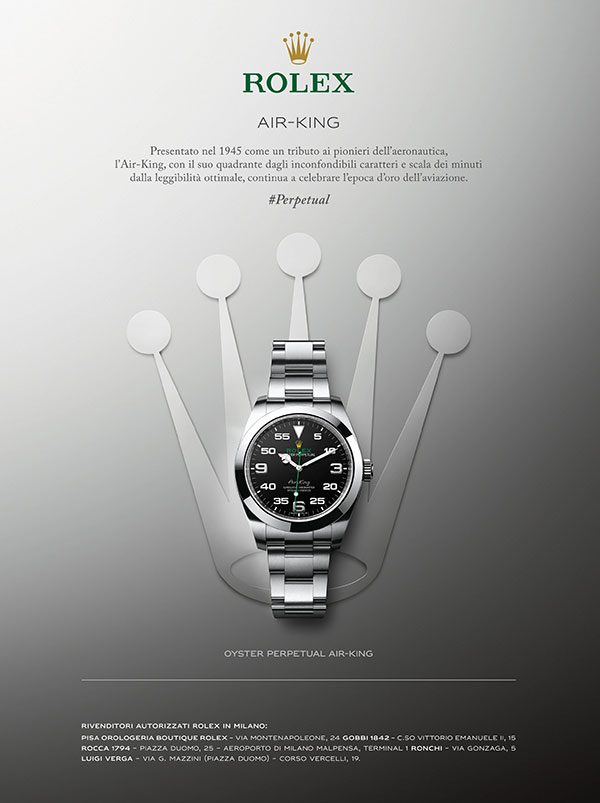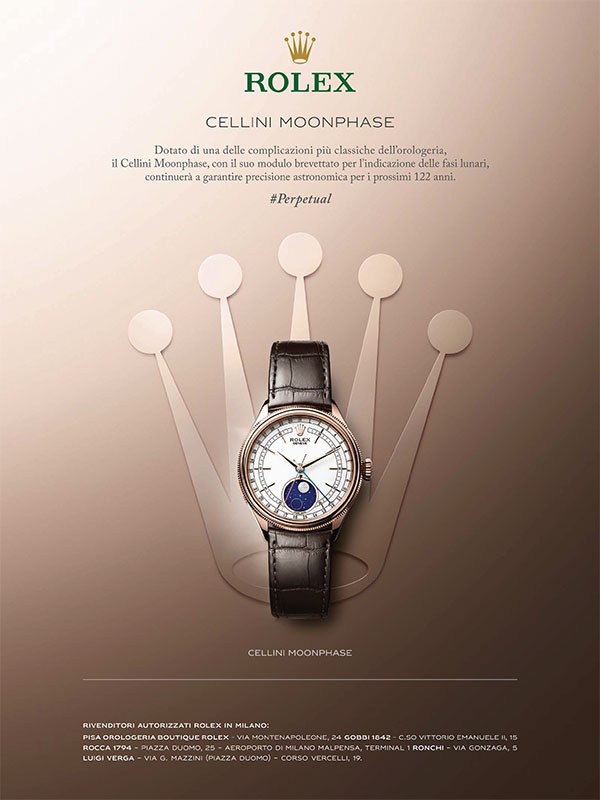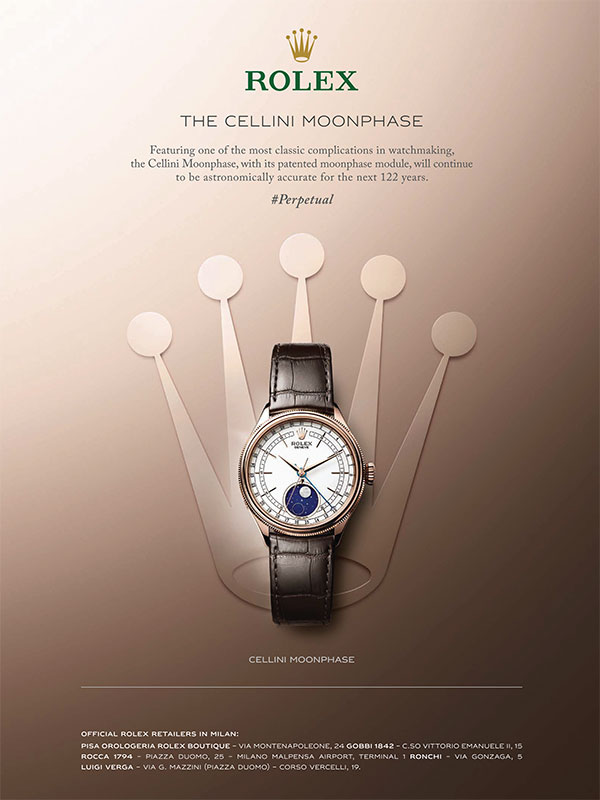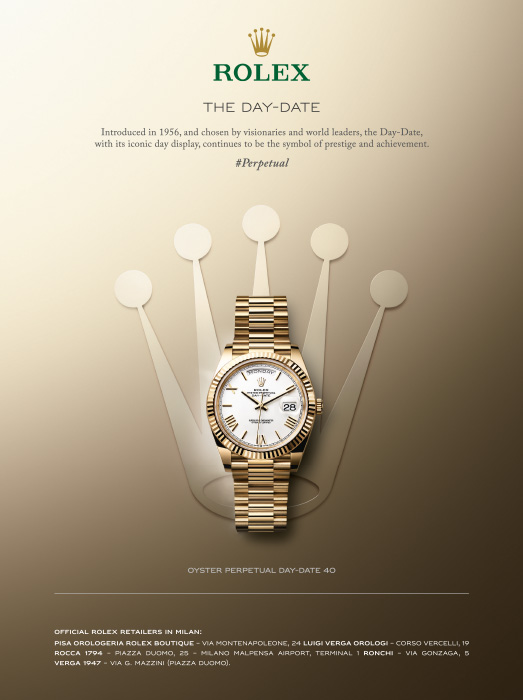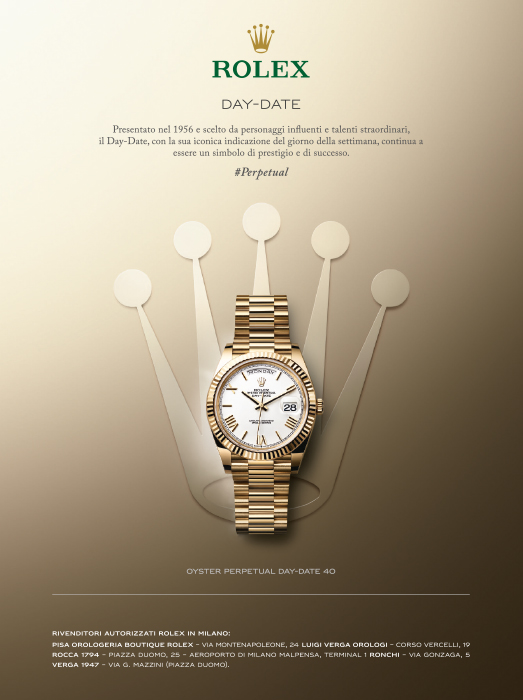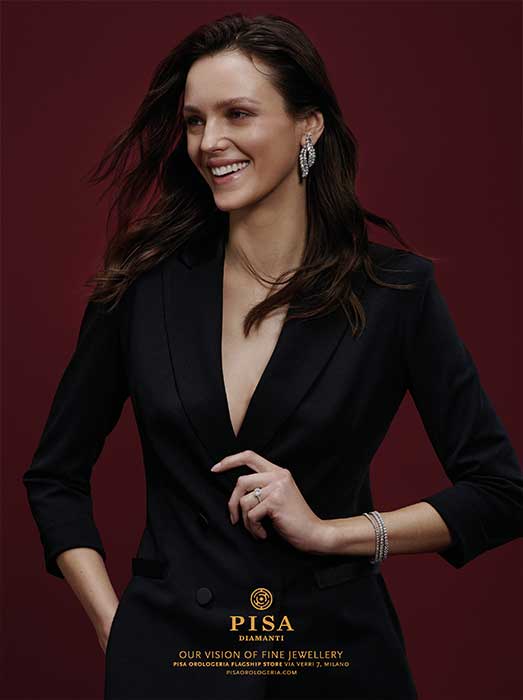As its hospitality team has a chance to confirm on a daily basis, the expression most frequently used by guests entering Palazzo Parigi for the first time, is “Wow!”. The second, after a few minutes’ observation is usually… “WOOOW!”. If, in fact, the first impact is majestic, photogenic and jaw-dropping, when visitors’ eyes alight on its architectural details, the result is even more astonishing. It is then that they notice things like its inlaid table, its artistic flooring, its rare marble columns and its design chandelier. It is then that they perceive that luxury at Palazzo Parigi is not just a general impression but a precise choice that permeates every corner of the venue.
The lady of the house
Inaugurated in September 2013, Palazzo Parigi is the most recent addition to the “5-star luxury” category in Milan. A sumptuous venue created with the explicit aim of taking luxury accommodation in Milan to new heights, of bringing a breath of fresh air to the Milanese hotellerie scene. However, above all, Palazzo Parigi is the brainchild of Paola Giambelli. An architect and the descendant of a well-known family of builders, Madame Giambelli was set upon securing the site which she then began to renovate, patiently focusing almost obsessive attention on each detail, surrounding herself with only the best collaborators (starting from Pierre-Yves Rochon, the deus ex machina of the interior design of several of the most sophisticated hotels in the world) and then spending hours and hours, during the first year after it opened, observing the way that things worked, improving upon details and personally testing the final effect. She slept in its beds, drunk its coffee and tested its chairs and switches. While talking to us, she moves around its rooms with an enviable energy, checking service times, moving a coffee table just a few centimeters to the left or right and making sure that the photo is correctly angled to also show off the fireplace. The result is that, after a while, in spite of the vastness of the communal areas, the concierge desk and the professionalism of its staff, one has the impression of finding oneself in a magnificent villa, presided over by a lady of the house, busily caught up in the business of preparing to receive her guests in the evening. “Well, that’s more or less the truth”, laughs Paola Giambelli, “In actual fact, I am the lady of the house waiting for my guests to arrive: if those visiting my hotel genuinely felt like this, I would consider it a huge compliment.” [slideshow_deploy id=’29656′]
Parigi, Brianza
Palazzo Parigi is strategically located in the heart of the fashionable Brera district, just 400m from Via Montenapoleone and the Quadrilatero della moda: it is a spot that is both undeniably Milanese and relentlessly cosmopolitan, distinguished by a strong presence of art (the splendid Pinacoteca, but also the Brera Academy of Fine Arts as well as a scattering of street artists) and fashion (including the best, most trendy designer boutiques and celebrities strutting their stuff on its nearby streets). A hotel combining Parisian refinement with contemporary Milanese style. This explains why when, in 2008, she first happened upon this building (originally a 17th century palace, partially destroyed by Allied bombing during World War II and later rebuilt as the headquarters of a bank) Paola Giambelli realized that she had found the property of her dreams: a place that could be converted into the kind of hotel that did not yet exist in Milan, featuring an abundance of space and the most amazing décor – a building that was not afraid of flaunting its class for all to see. A place designed in keeping with modern criteria (vast floor-to-ceiling windows designed to maximize the use of natural light, thereby complying with the diktats of wellness and environmental sustainability) and a taste for sheer, unadulterated old-world luxury. A place combining elements of practical functionalism and pure beauty, low-key elegance and decorative details, a fusion of Classicism and Modernism: pure Milanese minimalism combined with quirky Parisian style. “I wanted an hotel that would blend seamlessly into the roster of new large European hotels”, explains Giambelli, “That’s why I sought out the collaboration of Rochon, the designer of my favourites, from Paris to London. Working with him was an extraordinary, stimulating experience: an encounter with a truly starred professional. I can’t tell you how many thousands of drawings went back and forth over the Alps: we studied everything, absolutely everything, down to the very last detail”. Analysed in-depth, perfected, negotiated and tested. Designed and globally researched: suppliers tendered, without prejudice, in our persistent search for quality. The result is that a lot of what is found at Palazzo Parigi is Italian, “because the artisanal excellence of our country is not just a metaphor, although, truth be told, the garden chairs were flown in directly from the US because, nowhere else in the world did I find any others that were as functional, light, resistant or durable.” Another result is that despite having “spent a fortune, not only in terms of money but also in terms of energy”, and despite having been told hundreds of times that I was “either courageous or crazy”, architect Giambelli admits that she had also had loads of fun. “As far as I’m concerned, the construction site, the stage during which one designs, builds and chooses materials has something absolutely priceless about it.” On the other hand, she says laughing, like her hotel, she too has a dual personality: a love of luxury but utter contempt for waste, extreme elegance but also functionality, a taste for detail without getting tangled up in unnecessary minutiae. A bit of Paris and a bit of Milan. Or rather, as she actually specifies, “A bit of Brianza”: that area in Lombardy, from which her family comes, where people place particular emphasis on words like “work”, “practicality” and “durability”.
Some details
Having talked incessantly about the magnificence of its details, it’s now time to check them out. First and foremost, its 65 rooms and 33 suites are divided into “Milan” and “Paris”: the former more minimalist, the latter more whimsical. Its vast spaces have “Milanese-style” volumes, reminiscent of old Patrician dwellings. However, if you know Milan, or are connoisseurs of architecture, at this hotel, you’ll have a field day grasping all of its architectural innuendo: the stunning pink Baveno marble colonnade in the garden brings to mind La Scala opera house. The incredible parquet flooring of Caffé Parigi and its Lounge Bar is made from eight different types of wood and is directly inspired by the drawing room created by master cabinet maker Giuseppe Maggiolini at Villa Reale, also mirrored in other parts of the lobby, with its marble terrazzo flooring. On the other hand, the skylight in the atrium, is based on a design that is identical to those found in Galleria Vittorio Emanuele. The age-old plants in its garden are those that originally embellished the villa in the 17th century while the stone statues were procured ad hoc, because the original adornments had been lost. Other details, on the contrary, are hidden in names or symbols. For example, the hotel’s logo brings to mind both a sumptuous Parisian chandelier and the famed, undeniably Milanese, “da Vinci knots”. Finally, if you ask yourself why that certain suite is known as the “Duomo”, just lie on its bed and look out of the window: the view of the spires of the Cathedral’s will leave you totally awestruck.
Joie de vivre… Milanese-style
A place whose aim is to simultaneously honour both Italy and France, by celebrating their rivalry in a single feast of the senses, can only focus on food and wine. Following its opening, after counting on a sort of pop-up restaurant carrying the signature of starred chef Carlo Cracco, the Palazzo Parigi restaurant now offers an ambience of excellence: Pierre-Yves Rochon designed an almost theatrical space in which the dining room and kitchen are discretely connected by a set of curtains, forming an elegant glass and crystal corridor. In the dining room, guests will find a spectacular hi-tech counter where they can actually watch the chefs preparing an array of marvelous dishes. Polychrome carpeting, works of art from the 17th through 19th centuries, fabulous antiques and a spectacular view over the century-old garden do the rest. What about the wine? Well, if you’re dining at “Palazzo” make sure to get a recommendation from Matteo Ghiringhelli: born in 1986 and formerly a winner of the title of best sommelier in Italy, his youthful though expert take on wine is perfectly in keeping with the ambience. “Our clientele ranges from those who are simply curious to the most discerning gourmets,” he says, “Meaning that I can choose whether to offer either the simplest or most sophisticated vintages.” When it comes to wine, who wins? Milan or Paris, Italy or France? Matteo, a true professional, elegantly refrains from answering the question even though, for our photo, he chooses to pose with an Italian wine. After all, this is Milan! However, when attending any event at its Ball Room on the first floor you will probably have the impression of finding yourselves in Paris or more precisely in Versailles because each and every detail simply exudes a feeling of sheer opulence.
The construction site is still open
One year after opening, 20% of Palazzo Parigi’s clientele is Italian while the remaining 80% are international visitors, mostly Russians or Arabs, although more and more Americans are making reservations. “A luxury clientele” is the description given by Fabrizio Chibbaro who, with head concierge Federico Dalla Chiusa and 4 other colleagues is responsible for welcoming guests. “Generally speaking, our guests are vibrant, curious people, attracted by innovation”, comments Paola Giambelli. “Although they are undoubtedly aesthetes they are also aware of service and details. “What pleases us most is not so much their first visit, but the one after that, thus proving that, in addition to the surprise effect, there is also a clear perception of the quality offered.” A quality on which they are still working. Not only in the sense that “it would be crazy to think that we could achieve the maximum in less than one year after opening”, but also because, following the soft opening in September 2013, there are still many superb features which remain to be opened in 2015, when Expo commences. Eager expectation surrounds the opening of the Royal Suite, scheduled to debut on the 8th floor, a penthouse measuring 227 m2 boasting 105 m2 of terraces. This fall will see the opening of the Cave à Vin helmed by chef sommelier Ghiringhelli, followed by that of the “Grand Spa”, destined to be added to the name of Palazzo Parigi itself, and a splendid infinity pool featuring a truly breathtaking view. Therefore, when I ask Paola Giambelli to show me her favourite corner of this hotel, to whose every inch she has personally ministered, it is not mere chance that, after thinking for a moment she says, “Let’s go to the rooftop.” “But…at the moment, it’s still a construction site”, her assistant shyly points out. “You’ve got it!”
Palazzo Parigi
Corsa di Porta Nuova, 1
M3 Montenapoleone
T: +39 02 625625
www.palazzoparigi.com


